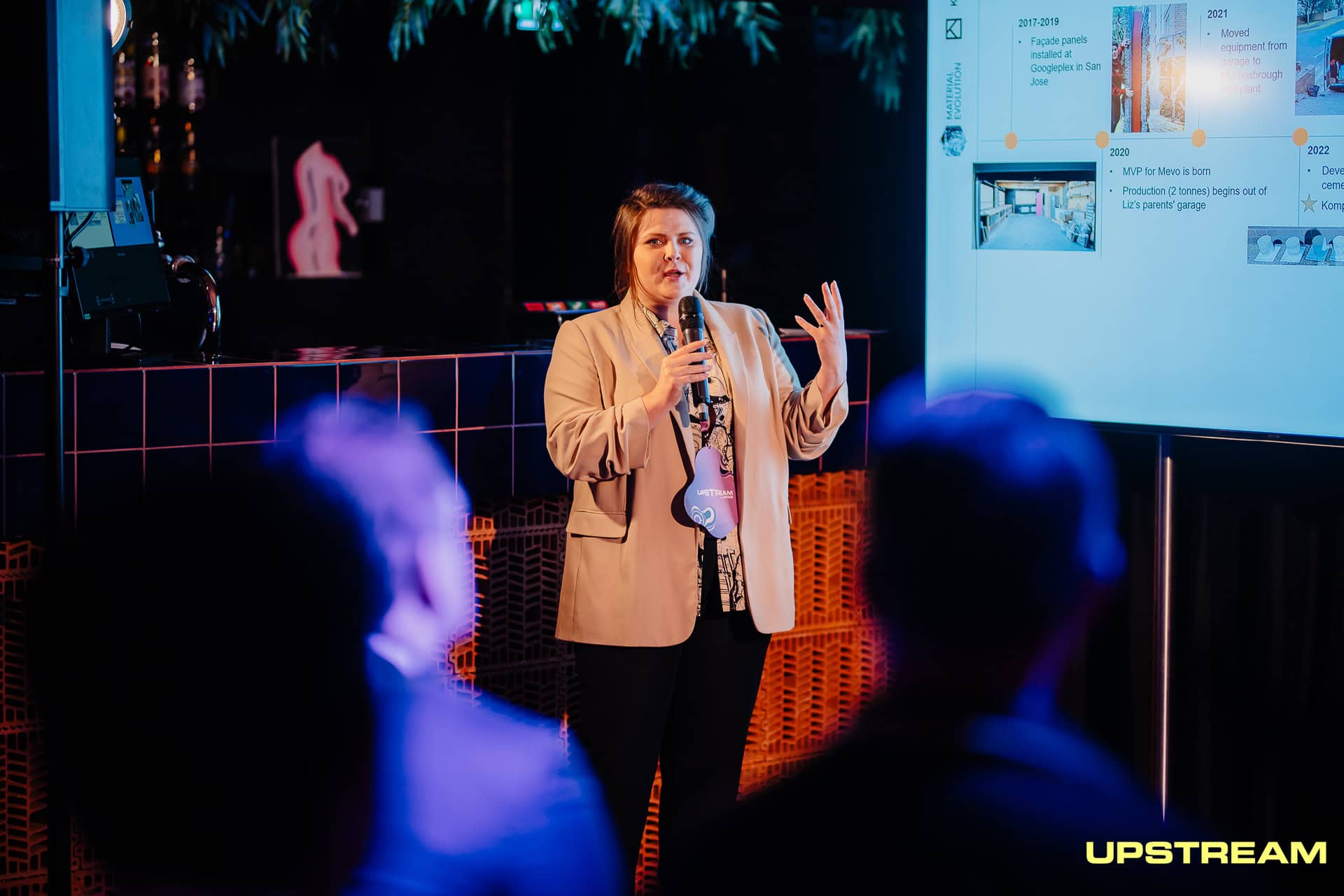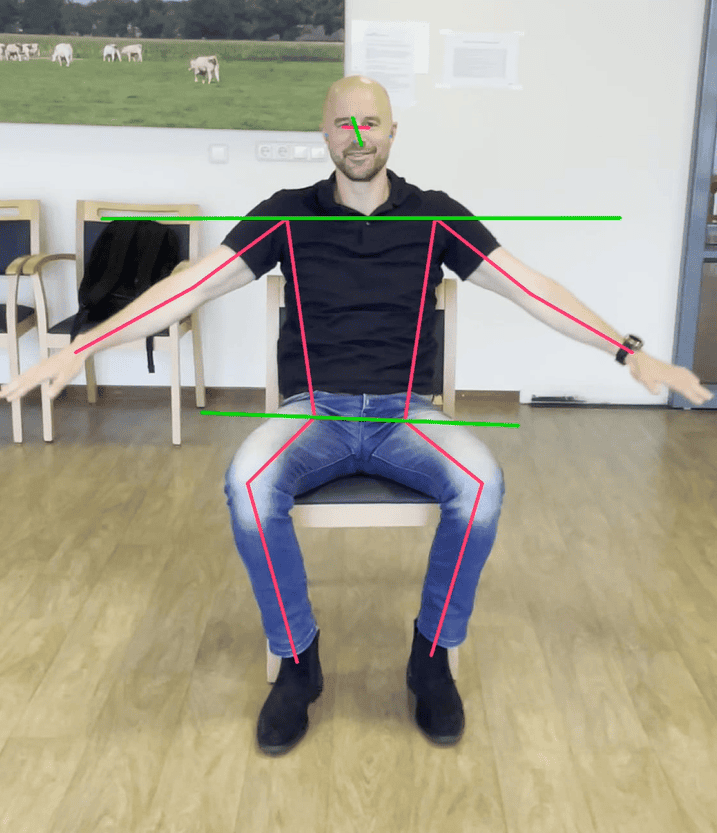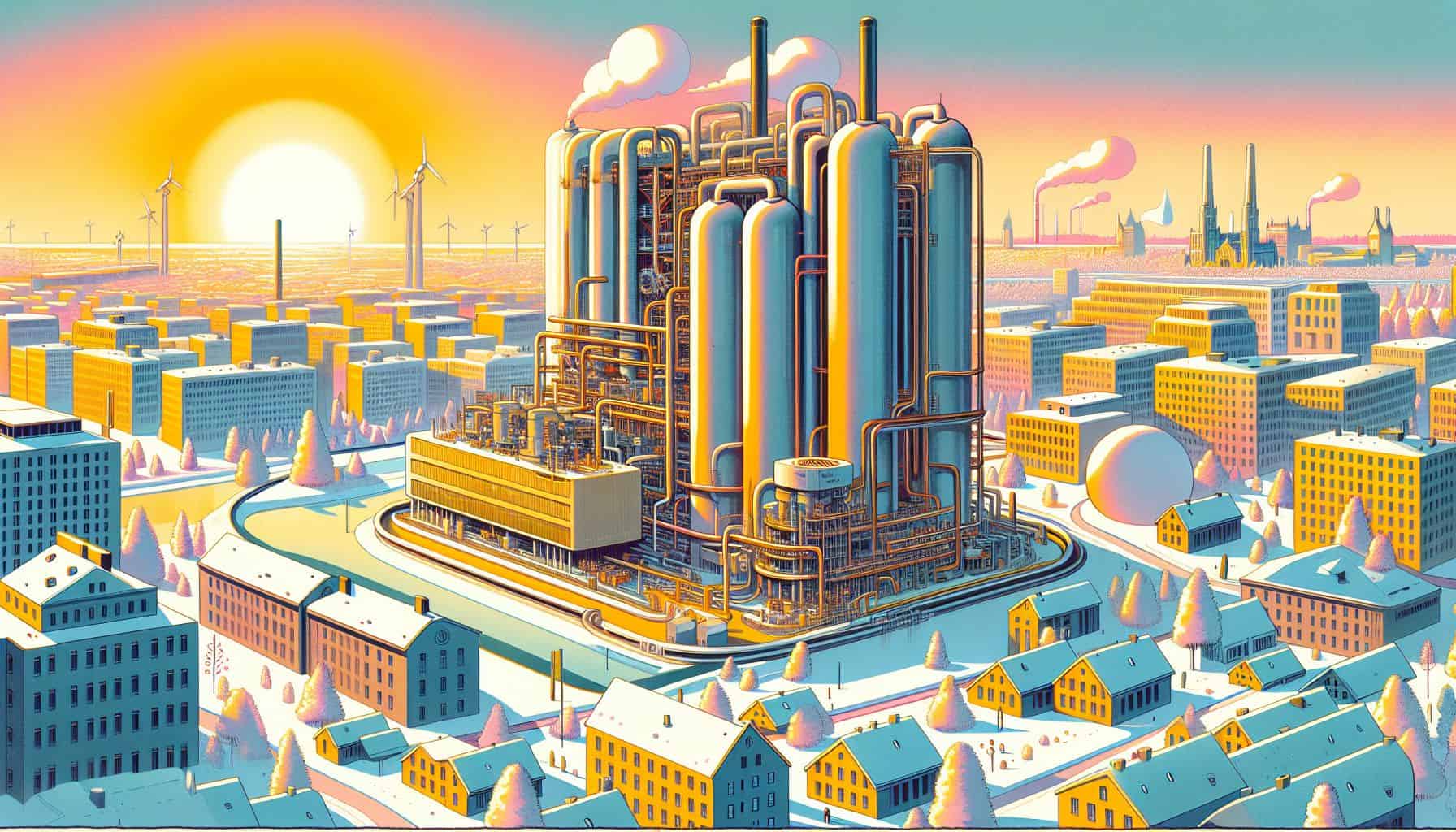
About Hyperion robotics oy
- Founders: Ashish Mohite, Fernando De los Rios, Henry Unterreiner, Wycliffe Raduma
- Founded in: 2020, Espoo, Finland
- Employees: 9
- Money raised: €471 from two start-up accelerators €178K from public grants and €300K from projects
- Ultimate goal: To solve the problem of concrete
The Finnish company Hyperion Robotics converts construction waste into concrete. Not only is this more sustainable, according to co-founder Ashish Mohite, it also alleviates labour shortages and reduces the carbon footprint of companies by making cement redundant as Mohite explains.
How did the idea come about?
“I have a PhD in architecture, and was doing research on 3D printing. Like a number of my fellow founders, I also come from the construction industry. The construction industry has been at a standstill for years because it uses techniques that are decades old. We saw an opportunity through pooling our knowledge together. You can increase productivity in the construction sector through optimization and automation. In anticipation of the upcoming personnel and material shortages in the construction sector, we founded Hyperion Robotics. We don’t sell the robots, but rather the technology behind the robots.”
What does Hyperion Robotics do exactly?
“We work on large projects that use concrete. Using a large 2,500-kilo robot, the concrete – made from local waste materials – is cast according to specifications. For example, we made a silo for the mining industry where we used waste materials from the mine to make concrete. Normally, that material would end up in a landfill, but now it gets a second life. The formula for the concrete is different each time because there are other materials on hand. The whole concept of sustainability is lost if we have to ship materials from Finland to the whole world. So we send the robots all over the world instead.”
The website also features photos of an artificial coral reef
“We did this together with the Fraunhofer Institute in Germany for a project of theirs in the Baltic Sea. They study marine life there. Artificial coral reefs are still made out of regular concrete. We are now studying how it is formed whenever we use sustainable recycled concrete. This is also to show our customers what can be done with it. If we want to achieve the climate targets of 2030 together, the most important thing you can do is to solve the problem of cement and concrete. That is, after all, 8% of CO2 emissions per year. Its production consumes 20% of the energy that the European Union has at its disposal. That is what Hyperion’s mission is all about: solving this problem through 3D printing by using recycled materials. I think that is our unique selling point.“
How will Hyperion proceed?
“We need to convince people why our pilot projects really work. To structurally present ourselves as a better solution for the next phase. Nobody is prepared to take the robot and our technology onboard if they are not sure whether it works. We want to offer a total package with the ready-made robot, the concrete formula and local support from a mechanic so that we don’t have to travel the world to do repairs. The cheapest package should be around €200,000, but we are still thinking about that.”









